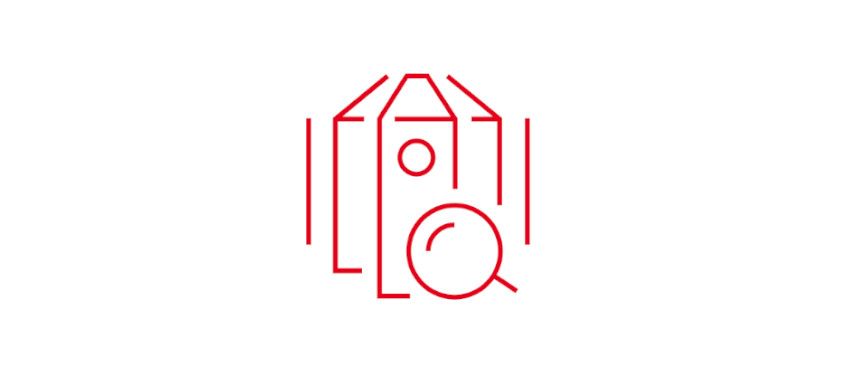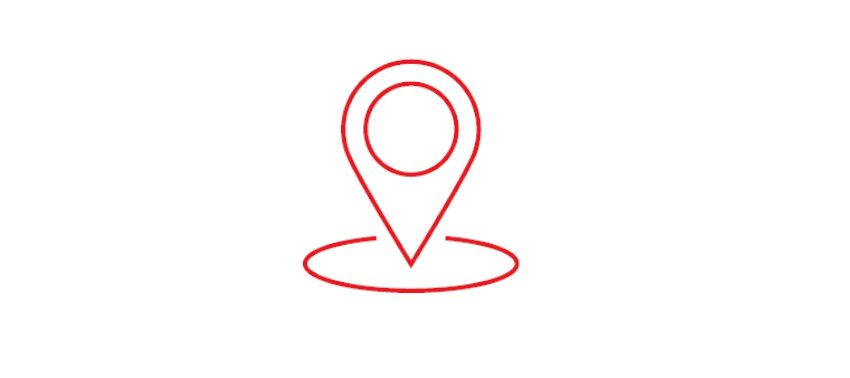Protecting workers at Severfield steelworks is no sweat with DuPont™ Tyvek®
_199_Image-01_672px)
"It's comfortable, you don't sweat as much and it doesn't tear. The painters on the lines won't wear anything else." Shaun Watson, Stores Manager, Severfield UK Ltd
Severfield plc is the largest structural steel specialist in the UK. Each week its Dalton site in North Yorkshire processes up to 1,000 tons of steel, all bound for projects across the United Kingdom. Among the many iconic buildings reliant on Severfield steel are The Shard, The Excel exhibition center and Wimbledon's center court. When painters at the site wanted a protective coverall that was lightweight and would allow them to work comfortably throughout their 10-hour shifts they turned to DuPont Personal Protection.
The fabrication process
_retouched)
A former RAF base, the Dalton site is one half of the Severfield steelwork's UK division, complementing Lostock in Manchester. The North Yorkshire site spreads over 55 acres and includes ten state-of-the-art steel fabrication lines, including welding and cutting. The steel's final destination before being transported for on-site erection is the painting and coating lines: the culmination of a quite remarkable journey.
The steel fabrication process begins with untreated steel sections weighing up to 24 tons entering one of ten cavernous production lines where it is cut, blasted, plated and finally painted. The painting lines are the final part of the fabrication process before the finished steel is transported to its designated construction project. Turnaround is tight, with the structural steel sections often required to be site-ready in 48 hours. Meeting customer expectations involves long shifts: at Severfield, day shift workers clock-in at 7:00am to 5:30pm. Then there follows an hour and a half delay until the night shift arrives to paint and spray from 7:00pm to 5:30am.
The untreated steel sections will initially receive a coating of a zinc-based primer paint, used to protect the product from corrosion while it is stored outside before being called to the fire protection painting lines. This base-coat also provides adhesion for the subsequent coatings to be applied further along the lines.
In the next stage, fire-protective paint (intumescent coatings) are applied to the product. This is a safety-critical process so the application of the coating must be both thorough and precise. In the event of a fire, this coating buys up to 120 minutes of time before the metal structure of the building begins to warp. It offers a critical window for occupants to evacuate and for the fire brigade to come and deal with the incident.
Following fire protection treatment, the steel will receive a further coating: often for protection against the elements if the structure is weather facing, or a color coating if the architect has requested a particular shade. Finally, it will receive a protective sealant before making its way to the landing dock at the end of the hall to be picked up and taken onwards.
Health and safety challenges
The painting and spraying lines pose various health and safety risks to employees. It's an environment where workers are susceptible to the paint's potentially hazardous ingredients. If the paint comes into contact with a worker's skin it can cause irritation, including occupational dermatitis.
Painters also work long, physically demanding shifts that require close attention to detail. Steel product is constantly moving up the lines and workers have to be accurate in their application of the various coatings to make sure that the product gets turned out efficiently. Working on large steel pieces that can be up to 24 meters in length can require several coatings and a lot of concentration in order to meet a client's specification.
Historically, the painters had complained of coveralls being difficult to work in and restrictive in their movements. Graham Hall, who looks after the painting and spraying team at Severfield, says: "We've used different types of coveralls in the past and some brands have simply been too heavy or too sweaty."
Shaun Watson is the site's Store's Manager and oversees the purchasing of the plant's PPE. He turned to DuPont to provide coverall protection for those working on the paint lines. As well as protection and durability, Shaun specified the need for a comfortable and ergonomically fitted coverall.
Long term solutions
Following a risk analysis performed by the Severfield paint-spraying team, DuPont™ Tyvek® 500 coverall was selected to meet the requirements. Made from high-density polyethylene (HDPE) Tyvek® fabric, this lightweight garment offers durability and comfort to the workers. Design features include elasticated sleeves and an elasticated hood that fit snugly to the contours of wrists and face, preventing workers' skin being contaminated by harmful paint products. The coverall also benefits from a large front zip allowing reassuring, easy closure – even with gloved hands. Importantly for Graham and his team, Tyvek® 500 is flexible and responsive, allowing for free and easy movement while working along the lines.
Following the risk assessment, Shaun asked the painting team to trial the Tyvek® 500 coveralls – and they haven't looked back.
"We’ve now been using the Tyvek® 500 for almost 20 years," Shaun says. "It's comfortable, you don't sweat as much and it doesn't tear. We got feedback from the painters on the line following the trials and they won't wear anything else.”
It's a sentiment echoed by the painters themselves. Said one: “I've worked at four or five different paint shops and DuPont™ Tyvek® coveralls are always the best ones."
The relationship between Severfield and DuPont is ongoing and proactively supports the steel company’s positive attitude towards health and safety, which feeds down from Board level to its 400 staff. Their commitment is clear: Severfield is certified to OHSAS 18001 and ISO 14001 and has also received gold awards from the British Safety Council and RoSPA. For Shaun Watson, maintaining a strong relationship with DuPont is essential in upholding these high safety standards. “We continue to rely on DuPont to provide PPE advice if the plant is working with a new paint product or chemical, for example. They also deliver training and guidance on how to wear the Tyvek® 500 correctly, ensuring new and existing employees are getting the full benefits from the garment.”
Ultimately, good health and safety is good business – and with Tyvek® 500’s protection the Severfield painters can continue to work safely while contributing to the enduring strength and beauty of some of the UK’s most spectacular buildings.
_199_Image-03_672x393px.jpg.transform/video_d/img.png)


